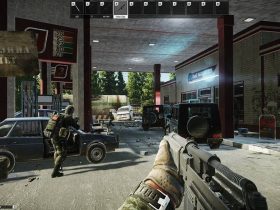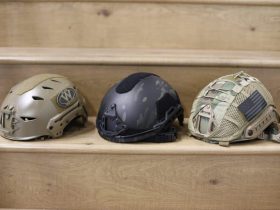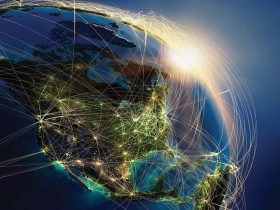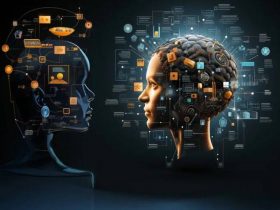Modeling and simulation are widely used in various fields, from engineering and science to economics and social sciences. These tools allow, like modsim Dassault Systèmes
shows, to create virtual representations of complex systems and test different scenarios to predict their behavior.
How do Modeling And Simulation Help Us Solve Real-World Problems?
Explores the many real-life applications of modeling and simulation and
Understanding And Predicting Weather Patterns
One of the most common applications of modeling and simulation is in weather forecasting.
By creating virtual models of the atmosphere and running simulations based on current data, meteorologists can predict weather patterns and severe weather events with increasing accuracy.
This information is crucial for emergency management, agriculture, transportation, and many other industries that rely on weather conditions.
Designing And Testing New Products And Technologies
Modeling and simulation are also used extensively in designing and testing new products and technologies. By creating virtual prototypes and running simulations, engineers and designers can identify potential flaws and make improvements before investing in physical prototypes.
This saves time and money and can lead to more efficient and effective products. For example, car manufacturers use simulations to test the safety and performance of new vehicle designs, while architects use simulations to test buildings’ energy efficiency and structural integrity.
Improving Healthcare And Medical Treatments
The healthcare industry also uses modeling and simulation to improve medical treatments and procedures. For example, Researchers can use models to find out how new drugs affect the body or to see how well different treatment plans work for people with certain conditions.
This can help doctors and healthcare providers make more informed decisions about patient care, leading to better outcomes and improved quality of life for patients.
Additionally, simulations can be used to train healthcare professionals in complex procedures, allowing them to practice and refine their skills in a safe and controlled environment.
Enhancing Transportation And Logistics
Modeling and simulation are also widely used in the transportation and logistics industry. By creating virtual models of transportation systems, companies can test different scenarios and optimize their operations for maximum efficiency.
For example, simulations can be used to determine the most efficient delivery truck routes or to predict traffic congestion’s impact on travel times. This can help companies save time and money while reducing their environmental impact by minimizing fuel consumption and emissions.
Additionally, simulations can be used to train drivers and other transportation professionals, allowing them to practice their skills in a safe and controlled environment before operating actual vehicles on the road.
Optimizing Energy Usage And Reducing Environmental Impact
Modeling and simulation are powerful tools for optimizing energy usage and reducing environmental impact in various industries. For example, in the construction industry, simulations can be used to design more energy-efficient buildings, reducing the amount of energy needed for heating, cooling, and lighting.
In manufacturing, simulations can optimize production processes, reducing energy consumption and waste. And in the renewable energy industry, simulations can be used to design and test new technologies, such as wind turbines and solar panels, before they are deployed in the real world.
Using modeling and simulation to optimize energy usage and reduce environmental impact, companies can save money, improve their sustainability, and contribute to a healthier planet.


















Leave a Reply